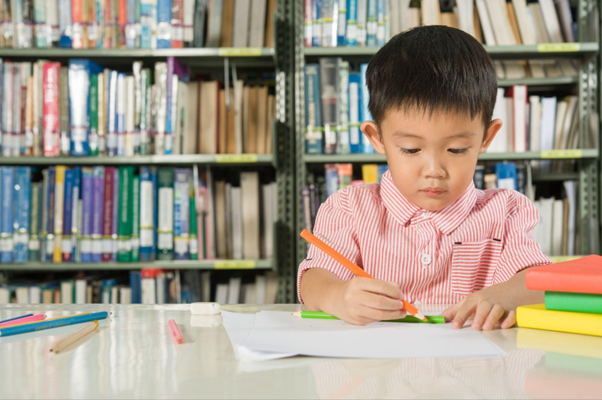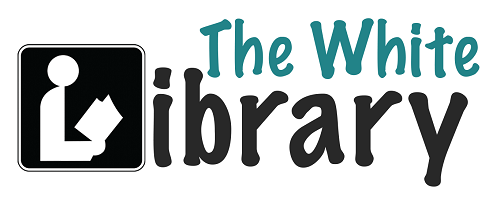
Parents enrolling their children in early years education often want clarity on what a nursery curriculum in Singapore involves. At this stage, schools focus on preparing children aged three to four for structured learning without overwhelming them. Teachers are designing lessons around social interaction, communication, motor skills, and emotional development. Activities are balancing academic foundations with creativity, ensuring children gain early literacy and numeracy exposure while still enjoying play.
The curriculum emphasises a child-centred approach, keeping lessons interactive and encouraging curiosity. Educators are guiding children through group projects, storytelling, music, and movement activities. Lessons are aligned with developmental milestones, making sure children progress steadily without pressure. Parents can expect a structured timetable where learning and play integrate seamlessly.
Early Literacy and Numeracy Development
Nursery years focus on building foundations in reading, writing, and counting. Teachers are introducing children to phonics through rhymes, picture books, and guided reading sessions. Writing practice begins with tracing letters and recognising word patterns, supporting motor coordination alongside literacy skills.
Numeracy lessons involve recognising numbers, learning shapes, and solving simple puzzles. Educators are creating hands-on activities using blocks, cards, and games to make counting engaging. Practical application forms part of lessons, such as counting objects during play or comparing sizes during group work. Such methods are nurturing problem-solving skills while keeping learning enjoyable.
Parents choosing a nursery curriculum in Singapore can expect continuous assessment to track a child’s growth in these areas. Teachers are providing feedback, ensuring families stay informed about progress and challenges.
Social and Emotional Growth
Nursery education extends beyond academics. Social and emotional learning forms a significant part of the curriculum. Children are encouraged to work in groups, share materials, and respect classroom routines. Teachers are guiding them through conflict resolution, encouraging empathy, and supporting confidence building.
Structured playtime is helping children develop cooperation and communication skills. Role-play activities allow them to express emotions, build vocabulary, and understand real-life scenarios. Educators are prioritising independence, teaching children to manage belongings, follow schedules, and make simple decisions.
Such practices prepare children for primary education while strengthening resilience and adaptability. A well-planned nursery curriculum in Singapore ensures children leave with balanced personal and academic growth.
Cultural Immersion in Chinese Preschool
Families seeking bilingual education often choose a Chinese preschool as part of their child’s early learning journey. These programmes integrate Mandarin into daily lessons, allowing children to absorb the language naturally through songs, stories, and interactive activities. Teachers are delivering lessons entirely in Mandarin, fostering immersion and building strong foundations for future fluency.
Cultural aspects are equally present. Children are participating in activities like calligraphy, festival celebrations, and traditional games. Such practices expose them to cultural heritage while encouraging appreciation for values like respect and discipline. Parents often find that children adapt quickly, becoming confident in expressing themselves in Mandarin as well as English.
A Chinese preschool within the nursery curriculum in Singapore gives children the dual advantage of language mastery and cultural understanding. This foundation becomes beneficial later in academic life and professional contexts, where bilingualism remains a key strength.
Play-Based and Experiential Learning
Play remains central in nursery education. Teachers are designing activities where children learn by experimenting, building, and exploring. Play-based lessons involve art projects, music sessions, outdoor exploration, and sensory play. Each activity strengthens creativity while embedding academic concepts in a practical way.
Experiential learning adds depth. Field trips, gardening, and science experiments introduce real-world knowledge in digestible formats. Children are encouraged to ask questions, make observations, and engage actively. Teachers are guiding discussions, linking experiences to classroom learning.
Parents choosing a nursery curriculum in Singapore can expect this balance of structured play and experiential activities. Such methods ensure children remain motivated, curious, and eager to learn.
Conclusion
A nursery curriculum in Singapore blends academic foundations with social growth, cultural exposure, and creative play. Parents can expect structured literacy and numeracy lessons, strong emphasis on social-emotional development, bilingual learning in Chinese preschool programmes, and play-based activities that foster curiosity. Such an approach ensures children progress confidently into primary education with well-rounded skills.
Explore trusted options for Chinese preschool in Singapore by scheduling a tour at Orange Tree Preschool, where nursery learning combines language, culture, and holistic growth!
